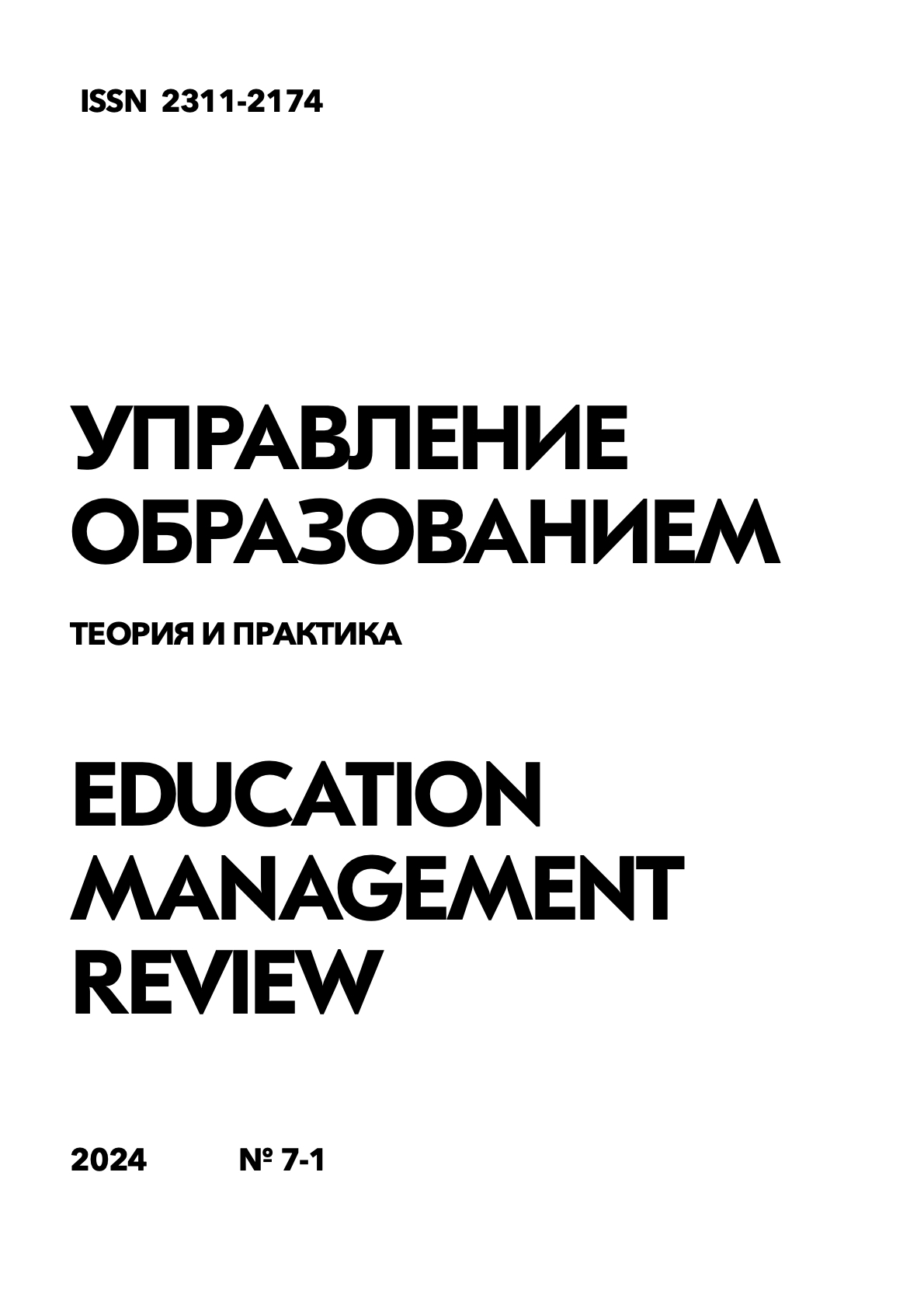The Evolution of Russian Sacred Music: from Byzantium to the National Tradition
Keywords:
ancient Russian music, Byzantine hymnography, liturgical singing, adaptation of cultural models, znamenny singing, kontakion.Abstract
The article examines the evolution of Russian sacred music in the period from the X to the XVII century under the influence of the Byzantine tradition. The relevance of the topic is due to the insufficient study of the processes of transformation of the Byzantine musical heritage on Russian soil and their importance for the development of national culture. The aim of the work is to identify the key vectors and mechanisms of adaptation of Byzantine musical models in ancient Russian worship. The research is based on a comprehensive historical and cultural analysis of the annotated manuscripts and theoretical treatises of the X-XVII centuries. The methods of comparative musicology, paleography, and textual studies are used. The empirical base consisted of 52 handwritten sources from the collections of the RSL, RNB, and GIM. It is established that the adaptation of Byzantine musical models in Ancient Russia was selective and creative. The main genres and types of singing that have undergone transformation are revealed. The key factors of the formation of the original style of Old Russian liturgical singing are identified. The results obtained significantly complement modern ideas about the ways of development of Russian musical culture in the Middle Ages. They open up prospects for further study of the mechanisms of cultural transfer between Byzantium and Russia.
References
Бражников М.В. Русская певческая палеография. СПб.: Российская национальная библиотека, 2002. 295 с.
Владышевская Т.Ф. Музыкальная культура Древней Руси. М.: Знак, 2006. 472 с.
Гусейнова З.М. Византийские и древнерусские музыкальные рукописи: палеография, текстология, язык. СПб.: Изд-во РГПУ, 2018. 332 с.
Кручинина А.Н. Попевка в русской музыкальной теории XVII века. СПб.: РИИИ, 2002. 188 с.
Лозовая И.Е. Самобытные черты знаменного распева: опыт сравнительного анализа византийских и древнерусских музыкальных рукописей // Вестник ПСТГУ. Сер. V. 2017. Вып. 25. С. 23-40.
Мещерина Е.Г. Музыка в контексте православного богослужения // Искусство христианского мира. 2015. № 7. С. 125-134.
Момина М.А. Проблемы структурного изучения знаменного роспева // Источниковедение литературы Древней Руси. Л.: Наука, 1980. С. 224-238.
Парфентьев Н.П., Парфентьева Н.В. Осмысление теоретических основ древнерусского музыкального искусства в трудах ученых XIX-XX вв. // Вестник ЮУрГУ. Сер. «Социально-гуманитарные науки». 2018. Т. 18. № 1. С. 83-91.
Плетнева Е.В. Певческая книга Древней Руси XI-XIV вв. как основа церковно-певческого искусства // Вестник ПСТГУ. Сер. V. 2012. Вып. 1(7). С. 7-16.
Пожидаева Г.А. Певческие традиции Древней Руси. М.: Знак, 2007. 880 с.
Серегина Н.С. Стихиры древнерусским святым как памятник отечественной гимнографии // Музыкальная археография-2017. М.: РАМ им. Гнесиных, 2017. С. 17-23.
Успенский Н.Д. Древнерусское певческое искусство. 2-е изд. М.: Советский композитор, 1971. 623 с.
Фролов С.В. Эволюция древнерусского певческого искусства и проблема периодизации // Вестник ЛГУ им. А.С. Пушкина. 2020. № 2. С. 130-141.
Щепкина М.В. Тайнопись в древнерусских музыкальных рукописях // Древнерусское искусство: Рукописная книга. М.: Наука, 1972. С. 443-463.
Velimirović M. Byzantine Elements in Early Slavic Chant. Copenhagen: E. Munksgaard, 1960. 162 p.
Downloads
Published
How to Cite
Issue
Section
License

This work is licensed under a Creative Commons Attribution-NonCommercial-NoDerivatives 4.0 International License.




